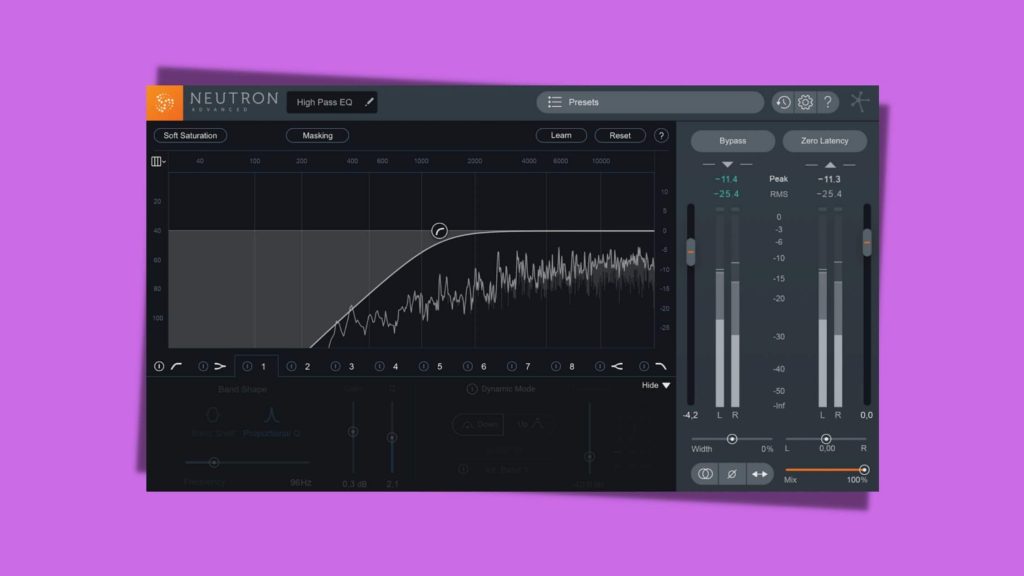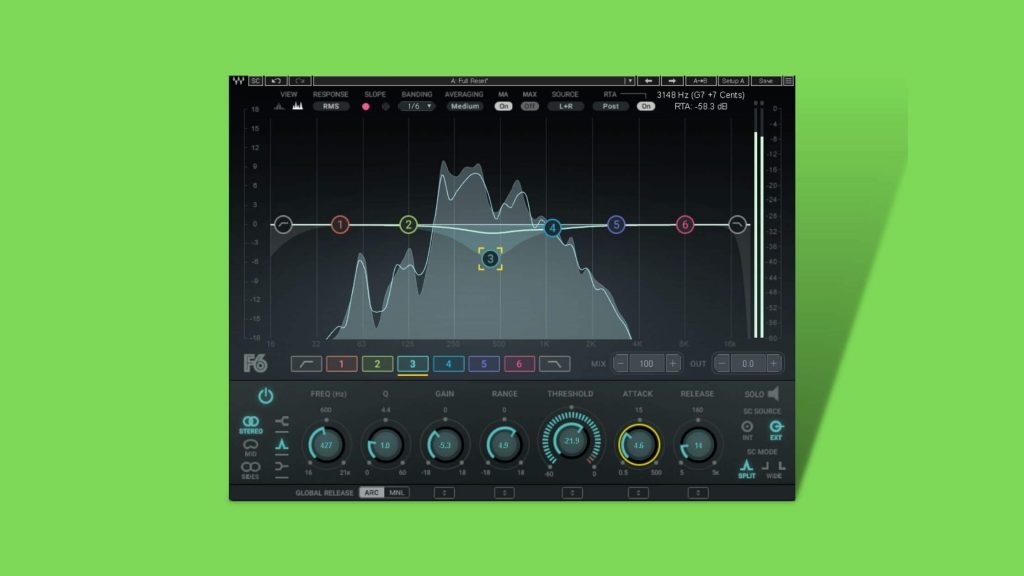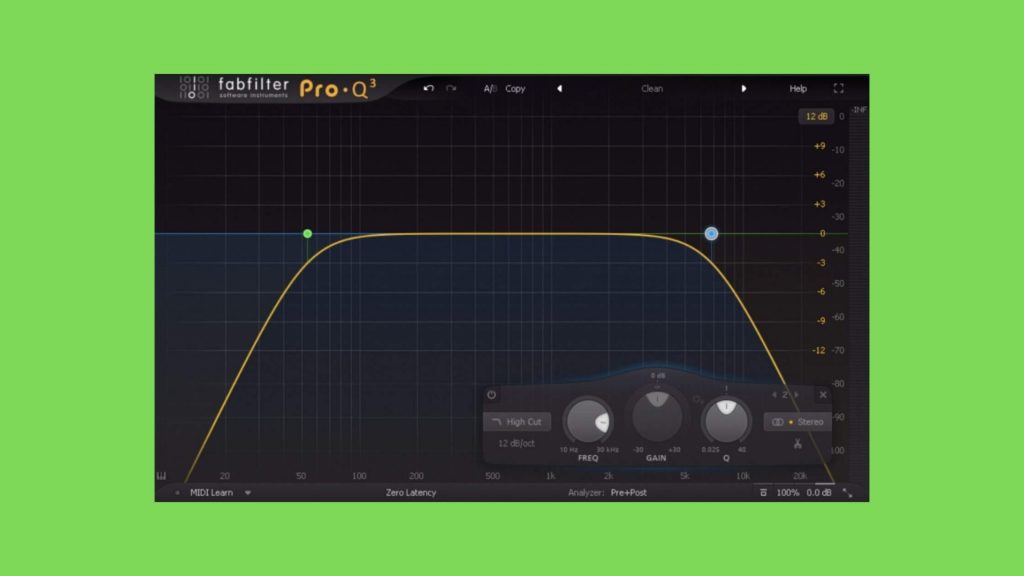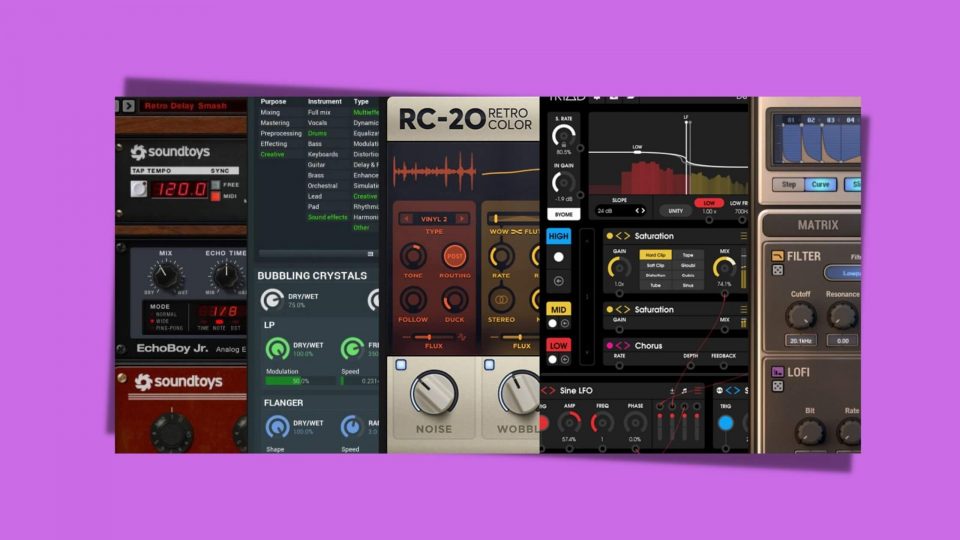Filters Explained: What Are Filters Doing to Your Sound
We use filters to cut frequency groups from your audio signal that you have defined. Filters can also clean and tidy specific spaces in a mix, they can add movement to an otherwise still sound, and we can modulate filter parameters to extreme levels to design complex sounds!
What is a High Pass (Low Cut) Filter?
A high pass filter removes frequency groups in the lower frequency end of a mix. If you had your “cut off” parameter set to 500 Hz, the filter would cut any frequencies below that defined range. As you shift the parameter up or down, the filter will cut off the corresponding frequencies.

A high pass filter would clean up any muddiness in your low end. For example, if you had some Mixxed vocal samples that had some frequency content below 100 Hz… a high pass filter can remove that content as it will more than likely just remove from the vocals themselves.
And Low Pass (High Cut) Filters…
On the flip side, a low pass filter will cut any frequency groups above your defined frequency group. A high pass and low pass filter work in exactly the same way, they are just the opposite of one another!

As the opposite to a high pass filter, a high cut filter can make sure your high-end instruments aren’t crashing into one another. If you had some funky melodies going on at 4 kHz as well as some layered vocals, it may be worth applying a low pass filter to the melody to remove any high end content that is taking up too much space!
What Are Band Cut Filters?
A band cut frequency removes a specific group of frequencies between two frequencies. If you wanted to remove some background noise from a signal in the 1-2kHz range, a band cut filter allows you to specify this range and you can remove the frequencies that feature the noise!

Placed on a needed that’s taking up too much space in the mix, a band cut filter could hollow out a dominating sound. Best used on background elements, a band cut filter can create a lot of space in a mix with channels that are overpowering.
As well as clearing space, band cut filters are fantastic for creating movement. If you wanted the channel that’s overbearing to be more prominent in some places more than others – automate the cut off points! You can allow for the fundamental note of the sound to be powerful in quieter places but more reserved in louder places!
What is A Bandpass Filter?
Again, these work in the exact opposite way to a band cut filter.
A bandpass filter allows you to define a frequency range and cut all frequencies around that range! If you wanted to isolate the 1-2kHz range rather than eliminate it, a bandpass filter is your way to do that!

One use of a bandpass filter would be on a channel that may not have been optimally recorded. Let’s say you recorded some foley for atmospheric purposes.
A band pass filter can both remove rumbles in the low end and remove harsh high end frequencies until you get a sound that will fit nicely into your track.
What is A Notch Filter?
A notch filter is exactly the same as a band cut filter, but cuts a much smaller group of frequencies!

Notch filters are fantastic post-processing resources. You can use these to tidy up any sound you can think of – especially in complex bass design! If there’s a specific frequency in your sound that’s not hitting that sweet spot then apply a notch filter and see what removing it does for the sound! Don’t forget that applying distortion and compression after you’ve removed this small frequency band can accentaute all of the harmonic qualties that you are vibing with!
And Finally, What is A Comb Filter?
A comb filter is a series of notch filters. The name is derived from the final shape of the series of filters!

Most commonly associated with flanging, comb filters are a great effect to add a harsh searing charcteristic to any sound. If you’re looking for a bold and metallic sound, then apply a comb filter with a sprinkle of spring reverb!
What Are the Parameters of a Filter?
Now that you know what the different types of filters are, you’re more than prepared to find out what the tools are that allow you to take full control and tame your sounds!
Frequency Cut Off
Cut off allows you to set the frequency where the filter will begin to cut off any frequencies below or above (depending on the type of filter) that frequency. This is usually the first parameter you’ll play with
Slope
Slope determines the attenuation of frequencies per octave! They usually operate in multiples of 6. So, decreased is 6dB for every octave below or above your cut off point. If you had a slope of “24dB”, per octave attenuated is 24dB attenuated is below or above the filter. With bandpass and band cut filters, there are two slopes that you can set parameters for.
Resonance
Resonance is a small boost to the frequencies at the filter cut off point! You’ve probably heard a swoosh sound before? A high pass filter with some added resonance at the cut off will allow you to create that sound!
